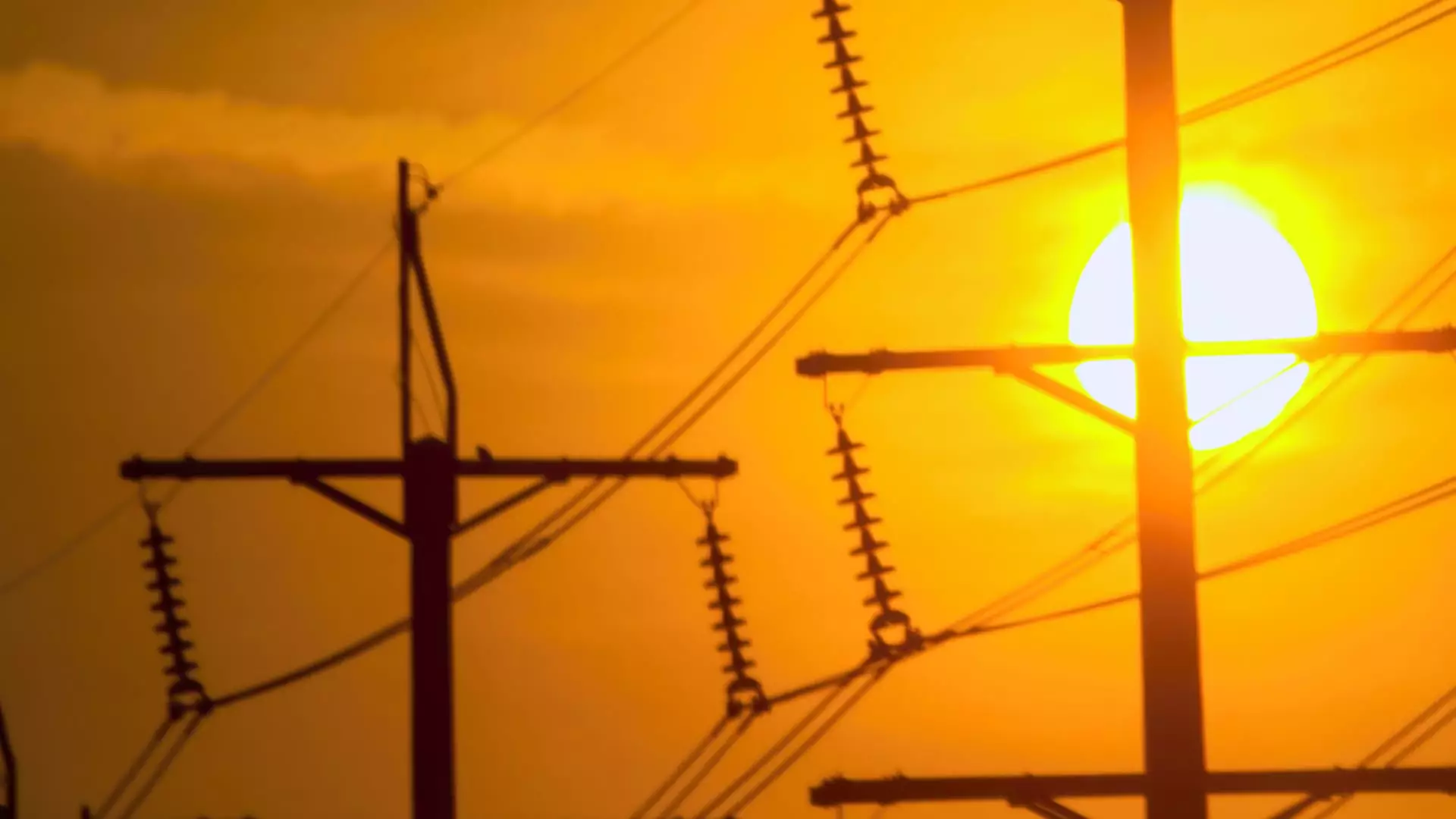As temperatures soar during the summer months, the real estate market is feeling the heat—quite literally. A recent analysis reveals that heat waves have significantly diminished the foot traffic in open houses across various regions. In fact, the drop in pending home sales by 5.6% compared to a year ago marks the steepest decline observed in the last eight months, as reported by Redfin, a prominent real estate brokerage. This troubling trend can be attributed to several factors, including buyer hesitance waiting for potential rate cuts by the Federal Reserve, but extreme temperatures are increasingly playing a pivotal role in shaping consumer behavior. As noted by Chen Zhao, an economic research lead at Redfin, conditions like sweltering heat combined with high humidity compel homebuyers to retreat indoors, opting for the comfort of air conditioning rather than perusing open houses.
Given the challenges posed by the heat, sellers must adapt their strategies to attract potential buyers. Kristin Sanchez, a Redfin Premier real estate agent in Nashville, has experienced success by conducting open houses in the cooler hours of the morning. This adjustment speaks to the adaptability required in today’s market. However, it is also crucial for sellers to create an inviting environment that mitigates discomfort. For instance, while some staging practices may entail removing window air conditioning units or ceiling fans for aesthetic reasons, this could backfire in the blistering summer heat. Staging experts, like Terry Mainord, suggest offering handheld fans or cold refreshments to enhance the buyer experience. Not only does this demonstrate thoughtfulness, but it also makes the visit more pleasant amidst oppressive conditions.
Virtual viewings have surged in popularity since the onset of the pandemic, providing an essential tool for real estate agents seeking to bridge the gap between buyers and properties. These digital alternatives are particularly beneficial for out-of-state buyers who may seek to avoid traveling in high temperatures. Virtual tours effectively allow prospective buyers to gauge properties without the necessity of braving the heat, thus presenting a winning solution for all involved.
One of the key aspects of selling a home in the summer is ensuring that the heating, ventilation, and air conditioning (HVAC) systems are in top condition. Product functionality becomes even more critical when considering how buyers will perceive the property in oppressive heat. Homebuyers are likely to scrutinize factors such as air flow, humidity levels, and overall indoor cooling when touring a home. With weak or ineffective air conditioning easily discernible, sellers are encouraged to preemptively service their HVAC systems to avoid potential red flags. Sanchez aptly points out that establishing a comfortable browsing environment can create a positive impression, playing a significant role in the buyers’ overall experience.
It’s important to acknowledge the cost involved in maintaining or replacing HVAC equipment. Expenses can range significantly, potentially reaching up to $3,000, a staggering figure that reflects complexity and scope variations of different systems. Ashton Lawrence, a financial advisor from Greenville, South Carolina, stresses the importance of fiscal prudence when making decisions concerning HVAC systems. Homeowners should analyze the potential returns, including immediate tax consequences and impacts on property market value, before committing to substantial expenditures.
While the immediate costs of HVAC systems may be daunting, many homeowners may benefit from an array of financial incentives. For example, the Energy Efficient Home Improvement Credit provides potential tax savings for specific installations, such as heating and cooling systems. Even if one intends to sell their property shortly, understanding local and state incentives may yield favorable outcomes. It is essential to maintain meticulous documentation of any home improvements, complete with receipts and installation dates, as this information can be invaluable for homeowners looking to calculate their property’s appreciated value—particularly when evaluating capital gains during sale.
The intersection of climate and real estate presents both a challenge and an opportunity. As shifting weather patterns influence buyer behavior, sellers must innovate and adapt—ultimately finding strategies that resonate with their buyer base. Leveraging technology and focusing on comfort will be key elements in navigating this challenging landscape. By taking proactive measures, sellers can remain ahead in an ever-evolving market that has been significantly shaped by climate considerations.

